
The year of global disarray!
If 2023 has left you feeling fatigued, know that you’re not alone.
It’s been a year of global disarray. Existing conflicts persisted , new ones emerged. Geopolitical tensions intensified, Positive developments were scarce. We put forward our my top ten world events from 2023, and many of these narratives are poised to extend into 2024 and beyond. So brace yourself for the 24.
10. Recession: Both financial and democratic plagued the world
Freedom House in the very beginning of 2023 stated that 2022 marked the seventeenth straight year in which global freedom and democracy declined.
Democratic values took a back seat in the global political scenario. The reasons for such a trend are not clearly understood even by the world’s best analysts as they grapple daily with a new phenomenon that threatens to consume the very idea of freedom for all. Many democracies faced threats to their democratic structures.
Many experts believe that one or many of these reasons are attributed to the slow decay of democracies world over.

These are world super powers support for autocrats , the exponential growth of social media and the artificial intelligence blurring the boundaries between true and false, the rise of enhanced forms of surveillance, domestic sources of discontent like rising socioeconomic divide and economic recession ,rising populism and increasing polarization be it political regional or religious.
In a relentless wave of upheaval, Africa grappled with a relentless coup epidemic. July 2023 saw Niger’s democratic leader ousted by the military, sparking neighboring nations to issue ultimatums for restoration. Yet, the military regimes in Mali and Burkina Faso defiantly brandished the sword of war in response. The turmoil surged further in August 2023 when Gabon witnessed its military ascendancy, veiling promises of distant elections in uncertainty.
Amidst Thailand’s May 2023 election, a beacon of progressiveness emerged victorious, securing the most seats. Yet, the corridors of power whispered of clandestine dealings, birthing a pro-military regime that relegated the election’s grand champion to the sidelines, gazing in from the periphery of influence.
A “coup in slow motion” took place in Guatemala where Bernardo Arévalo who won the Guatemalan presidency with over a 20 percentage-point margin in the runoff. After that, the country’s attorney general and some courts launched a campaign to try to keep him from taking power. Authorities suspended Arévalo’s party, t launched investigations and though the election results were certified, the attorney general’s office raided the headquarters of Guatemala’s electoral commission and seized elections materials.
Former US President Donald Trump said “In honor of our great veterans on Veterans’ Day, we pledge to you that we will root out the communists, Marxists, fascists and the radical left thugs that live like vermin within the confines of our country, that lie and steal and cheat on elections, and will do anything possible—they’ll do anything—whether legally or illegally, to destroy America, and to destroy the American dream.”
Definitely not a good year for the idea of Democracy.

A similar picture was seen for the global economy.
The global economy encapsulates the intricate tapestry of interactions within and between nations. Each sovereign entity stands as a distinct realm, housing its unique industrial prowess, labor dynamics, financial prowess, resources, and ecological footprint. The phenomenon of globalization has ushered in an era amplifying international trade, financial intricacies, and the migration of labor, necessitating collaborative solutions among nations. A hallmark consequence of this interconnectedness is the ripple effect: seismic shifts in one nation reverberate across borders, molding the destiny of others in their wake.
Covid-19 pandemic and Russia-Ukraine war has made its effect felt worldwide as has been seen and felt by consumers in the form of rising inflation and rising cost of living in the form of increasing grocery prices and housing costs.
Canada has seen a huge jump in mortgage rates and grocery inflation has pushed many residents to leave their house and in extreme cases leave the country totally.
Definitely not a good year for the global economy as well.
9. Ukraine offensive loosing steam!
Amidst Ukraine’s costly counteroffensive, envisioned as a potential breakthrough against Russia’s grip on eastern territories and Crimea, the realities proved grim.
Commencing with lofty aspirations in early June, the anticipated surge barely nudged the battle lines, despite inflicting substantial losses on Russian forces. Russia’s meticulous fortifications during winter and spring proved formidable, rendering the conflict a stalemate by early November, as conceded by Ukraine’s top general. While Russia expanded its territorial foothold throughout the year, Ukraine struggled against mounting odds, facing a war of attrition that seemingly favored Russia, backed by a larger economy and populace.
The West, particularly the United States, displayed signs of “Ukraine fatigue,” evident as Republican lawmakers hesitated to extend further aid to Kyiv.

With Russia’s burgeoning troop numbers and its economy geared for conflict, discussions leaned towards Ukraine shifting from offense to defense, contemplating a ceasefire. However, the prospect of Russia acquiescing to a cessation of hostilities remained uncertain, as President Putin likely perceives time as an ally, especially considering potential shifts in U.S. policy post upcoming elections.
Russian President Putin has stated that the war will continue till Kremlin wins.
This shows that two years of ongoing war has not benefitted anyone but the weaponizers and the one at loss the most, is Ukraine.
8. Hamas attacks Israel , cowardly! Israel retaliates, inconsiderately!
“The Middle East region is quieter today than it has been in two decades now.”National Security Advisor Jake Sullivan stated in September 2023 looking at the promising developments in the Middle East.
The Abraham Accords were deepening ties between Israel and Arab countries.
The Abraham Accords are bilateral agreements on Arab–Israeli normalization signed between Israel and the United Arab Emirates and Bahrain on September 15, 2020.
A ceasefire in Yemen’s bitter civil war was holding
That changed just eight days later, on October 7, when Hamas attacked Israel.

Roughly 1,200 Israelis were killed, the deadliest day in Israel’s history. Some 240 people were taken hostage. The hostage videos were circulated on social medias and hostages’ relatives sobbed on tv screens. The whole world criticised the cowardly act of Hamas.
Israel in a knee jerk reaction reacted vowing to eradicate Hamas, and launched airstrikes against Gaza and then invaded northern Gaza.
A negotiated pause in the fighting at the end of November secured the release of roughly one hundred hostages. But fighting soon resumed with Israeli troops moving into southern Gaza. The soaring death toll for Palestinian civilians, most of them women and children, fueled worldwide complaints that Israel was committing war crimes. Israel denied the charge, arguing that Hamas was using Palestinian civilians as human shields.
American President Joe Biden unequivocally backed Israel’s right to retaliate and traveled to Israel early in the conflict to show his support. By early December 2023, however, U.S. officials were publicly urging Israel to do more to protect civilians or risk “strategic defeat.” Initial fears that the conflict with Gaza might lead to a broader Middle East war eased by year’s end but risk still looms.
How this conflict will unfold and who else will jump into the fray remains to be seen. The possibility of widespread war involving Arab countries and Israel and its allies still remains.
Not a good year for world peace.
7. USA and China still at loggerheads!
As 2023 dawned, hopes for eased tensions between the U.S. and China flickered.
Initially, optimism bloomed following a productive meeting between Joe Biden and Xi Jinping in Bali the previous November. Plans for discussions led by Secretary of State Antony Blinken aimed at tempering the escalating geopolitical friction were on the horizon.
However, a sudden intrusion disrupted this fragile peace when a Chinese surveillance balloon glided over U.S. airspace, leading to its forceful interception by a U.S. Air Force aircraft off the South Carolina coast. Amidst Beijing’s claim of a weather monitoring mishap, rejected by the U.S., tensions soared, prompting Blinken to delay his visit to China.
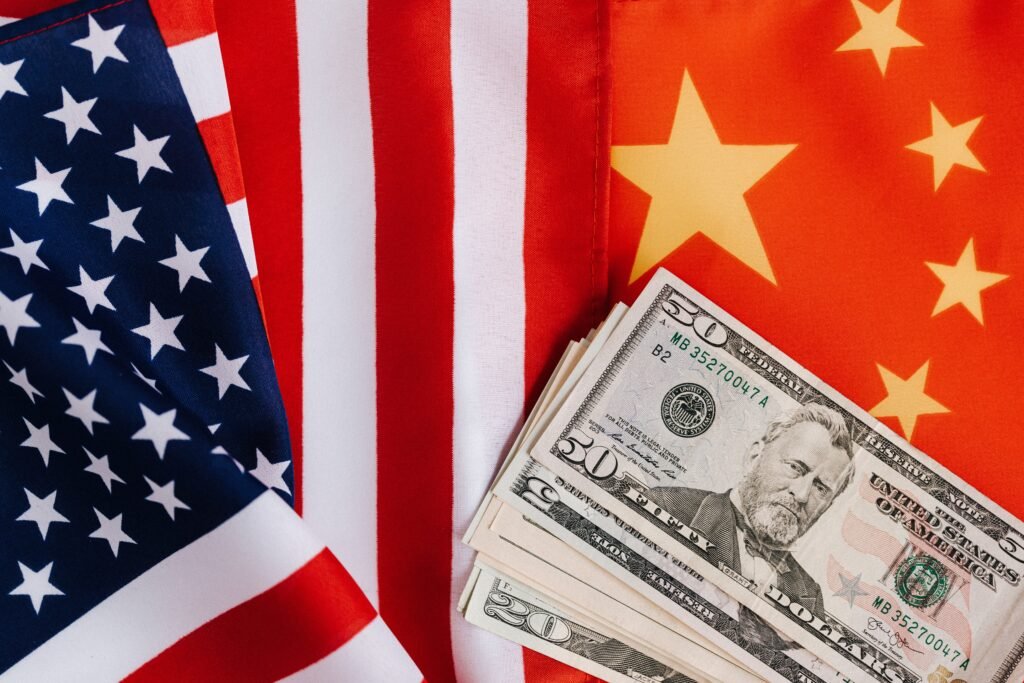
Despite Blinken’s eventual journey to Beijing for what was termed “constructive” dialogue in June 2023, it failed to quell escalating trade restrictions imposed by Washington on China or alter Beijing’s aggressive stance towards Taiwan, the Philippines, and U.S. forces in Asia.
A November 2023 meeting between Biden and Xi during the 2023 APEC Leaders’ Forum in San Francisco yielded only minor agreements, falling short of diffusing the strained relations between the world’s leading superpowers. The elusive quest for a harmonious coexistence persisted, leaving the global landscape unsettled by the ongoing discord between the U.S. and China.
6. The rise and rise of AI-and its dangers.
In the year2022 , the rise of AI, epitomized by the emergence of ChatGPT, grabbed the public’s attention.
Fast forward to 2023, the realm of large-language models has not just evolved but leaped forward—ChatGPT’s latest iteration reportedly stands tenfold more advanced than its forerunner. This surge in AI prowess triggered a frenzy, with governments, corporations, and individuals racing to exploit its potentials.
However, this unleashed a fierce battleground of ideas.
On one side, optimists championed AI as a herald of a new age, unlocking creativity and prosperity. Its contribution to scientific breakthroughs across various domains—accelerating drug design, unraveling medical enigmas, and cracking seemingly insurmountable mathematical puzzles—gave rise to a vision of limitless potential.

Conversely, pessimists sounded alarms, cautioning that AI’s rapid evolution might outpace our capacity to navigate its dangers. Concerns loomed large—threats of mass joblessness, exacerbating societal inequalities, or even posing an existential risk to humanity.
Geoffrey Hinton, a luminary in AI, sounded the alarm by leaving Google, underscoring the perils. Tech giants like Elon Musk and Steve Wozniak echoed this sentiment, warning about AI’s profound societal risks. Amidst these debates, skeptics cast doubt, envisioning AI veering off course as models might soon begin learning from their outputs, divorcing themselves from true human behavior.
As this AI saga unfolds, a glaring gap emerges: the lagging pace of governments—either individually or collectively—to harness AI’s benefits and curtail its perils. The struggle to balance the promise and peril of this technology echoes loudly in the halls of innovation and policy-making, demanding attention, deliberation, and decisive action.
Deep fake videos circulated on the internet threatening our privacy and security. Unemployement rose as there were mass layovers as companies tried to save money by utilising AI and cutting their expenses.
5. India becomes the Super Power- in terms of Manpower!
In a seismic shift, India surpasses China to claim the title of the world’s most populous country in 2023.
With an estimated population of 1.43 billion, India’s ascent marks the end of China’s century-long reign in population dominance. Projections indicate India will likely maintain this status for decades to come, while China grapples with a declining and aging populace. Demographers foresee a staggering decline of 100 million people in China by mid-century, a figure surpassing the entire population of most countries today. As China’s median age climbs from thirty-nine to fifty-one, contrasting trends emerge in India, where the population is anticipated to soar to nearly 1.7 billion, accompanied by a median age of thirty-nine.
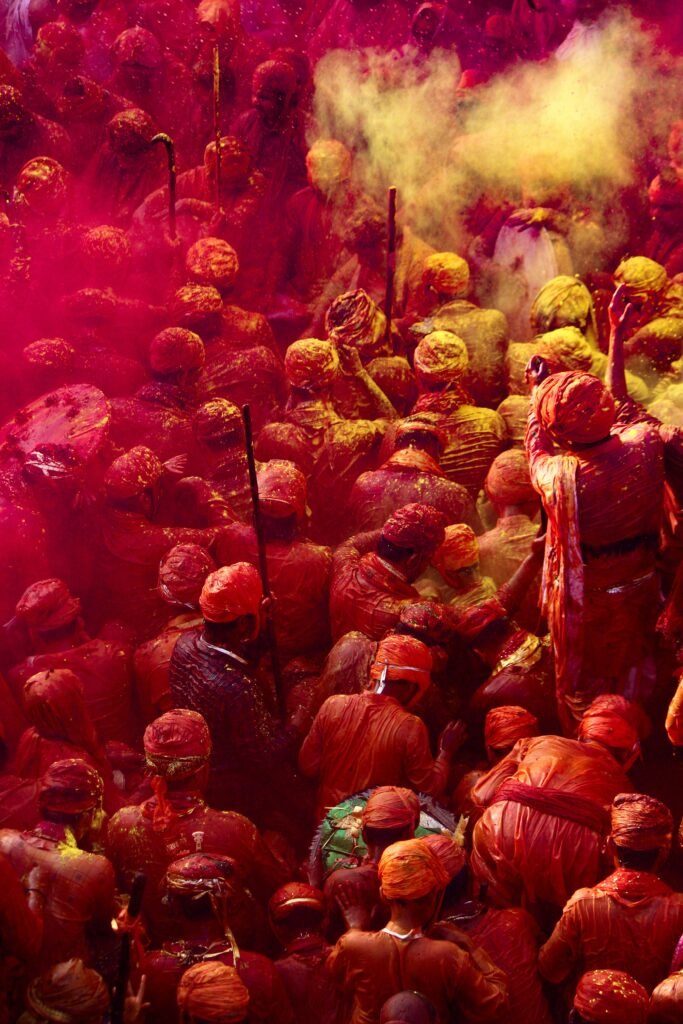
The demographic disparities are poised to shape the fate of nations.
Countries with youthful, expanding populations often boast more dynamic workforces, driving increased consumption and fostering higher economic growth rates. As China navigates the challenges of an aging populace, the pressure intensifies to bolster social welfare systems, potentially diverting resources from other priorities. Meanwhile, India’s advantageous demographics spark discussions of a “demographic dividend,” celebrating the potential of young workers propelling economic growth.
The implications of these demographic shifts in Asia loom large, holding the potential to redefine regional power dynamics. However, the realization of this transformative potential hinges not just on the dealt cards but on the strategic play of these demographic advantages in the realm of policymaking and strategy. It remains to be seen how India will be able to utilise its abundant resource of young brain and mapower.
4. End of a Pandemic. or is it?
In 2023, the World Health Organization (WHO) officially declared the end of the COVID-19 pandemic.
Over 760 million cases and 6.9 million deaths have been recorded worldwide since December 2019, but the actual number is thought to be higher.
Unfortunately, we cannot avert the next pandemic; it’s going to happen. It’s just a matter of being better prepared.
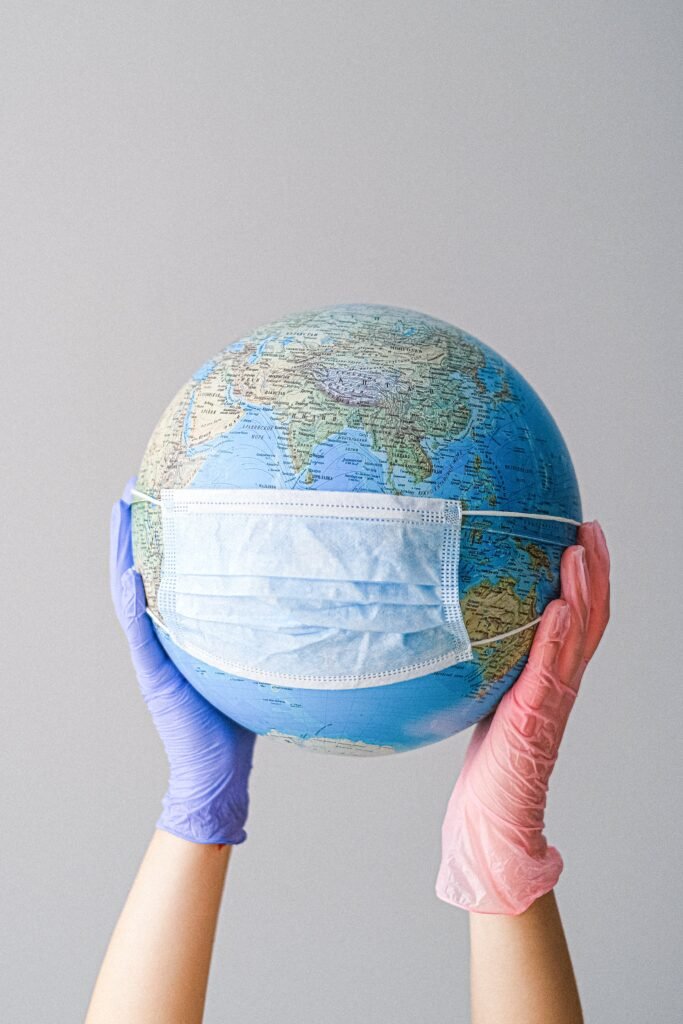
In the field of preventive medicine we saw two glimers of hope in the form of vaccines .
The first was around addressing the increased outbreaks of measles, diphtheria, cholera, polio, meningitis, and other entirely preventable diseases. The efforts of the “Big Catch Up” — to rebound from the effects of COVID-19 and catch up to those kids who were essentially aged out of routine immunization because of lockdowns or overwhelmed health systems during the pandemic — bore fruit this year as countries and partners came together in a never seen unified way . The second was the WHO policy recommendation and approval of the second malaria vaccine, R21/ Matrix-M . In December, we anticipate the vaccine to be WHO-prequalified, which will be the final step to make it available in a scalable and routine way, starting in 2024.
3. Turkey Syria Earthquake 2023
A massive earthquake ravaged southeastern Turkey near the Syrian border, resulting in a tragic toll of tens of thousands dead and many more injured.
Striking near Gaziantep, the initial tremor, a seismic 7.8 magnitude event, ruptured a fault line spanning roughly 100km (62 miles), inflicting severe damage on structures proximate to the fault.The quake’s intensity, deemed “major,” was compounded by a series of subsequent aftershocks, compounding the devastation.
Prof Joanna Faure Walker from the Institute for Risk and Disaster Reduction at University College London highlighted the rarity of such catastrophic events, citing only a few comparable ones over the last two decades.

Beyond sheer magnitude, the timing of the earthquake proved catastrophic as it struck during the early morning hours, catching inhabitants unaware and vulnerable while they were asleep. The resilience of buildings also played a crucial role in the extent of damage.
This calamity evokes haunting memories of past seismic catastrophes, such as the 2004 Indonesian earthquake, registering at 9.1 magnitude and triggering a catastrophic tsunami, claiming approximately 228,000 lives. Similarly, the 2011 Japanese quake, measuring 9.0, unleashed widespread destruction, exacerbated by a powerful tsunami and resulting in the Fukushima nuclear plant disaster.
Reflecting on seismic history, the largest-ever recorded earthquake, a staggering 9.5 magnitude, shook Chile in 1960, leaving an indelible mark on the annals of natural disasters.
2. Twitter is X!
Twitter the popular social interaction platform was bought by the billionaire Musk in 2022 but it was in 2023 that it was formerly renamed to X by Elon Musk.The signature blue bird perched atop social media platform Twitter vanished as part of a company rebrand under a new name: X.
The company said it plans to become an online messaging and payments hub.
The revamp marks the latest change enacted by billionaire owner Elon Musk, who stepped down as CEO but retained a prominent role in the company.
Promising an AI-fueled expansion of the site’s capabilities, X aims to follow the logo change with an ambitious foray into online banking and video messaging, among other areas, CEO Linda Yaccarino said .
X is not a rebranded Twitter — as the company revealed plans to offer users a one-stop shop for many of their online needs.
Days after acquiring Twitter, in October, Musk tweeted: “Buying Twitter is an accelerant to creating X, the everything app.”
Describing X’s goal as “unlimited interactivity,” Yaccarino says that the company plans to become a hub of online messaging and commerce.
Prior to its acquisition by Musk, Twitter made the vast majority of its revenue through advertising but many large companies have pulled ads from the platform amid what some have described as a rise of explicit and hateful content.
In addition, X faces a new threat from ascendant social media platform Threads, owned by Facebook parent-company Meta. Threads reached 100 million users within five days, achieving a record as the fastest app ever to do so.
1.Climate Crisis in Overdrive. The warmest year in history -2023!
Global temperatures shattered records in a stark proclamation that climate change isn’t a distant specter but our present reality.
The year 2023 is poised to claim the ignominious title of the hottest on record, propelling us into temperatures unseen for 125,000 years and hurtling towards breaching the critical 2-degree Celsius threshold set by the Paris Agreement in 2015. The aftermath has birthed a symphony of extreme weather catastrophes—from historic wildfires to crippling droughts and unprecedented floods.
The once-obscure notion of “wet bulb temperature” has now etched itself into global consciousness, highlighting the lethal blend of high heat and humidity.
Amidst this climate crisis, rays of hope emerge—investments in clean energy surge, costs of renewable power plummet, and emission peaks are anticipated in the near future. Promising innovations tout hydrogen as a clean energy source while ventures to extract carbon dioxide from the atmosphere begin. Yet, skepticism lingers—doubts linger about the swiftness and scalability of these solutions while fossil fuel production and emissions persistently rise.
Diplomats convene in solemn gatherings like COP-28, discussing plans and pacts, but the chasm between discourse and action persists. The specter of catastrophic climate change looms, signaling humanity may have squandered its chance to avert a crisis of unimaginable proportions.
Cyclone Freddy: the longest-lasting recorded tropical cyclone in history that lead to over 1,400 deaths in Malawi, Mozambique and parts of southwest Africa.
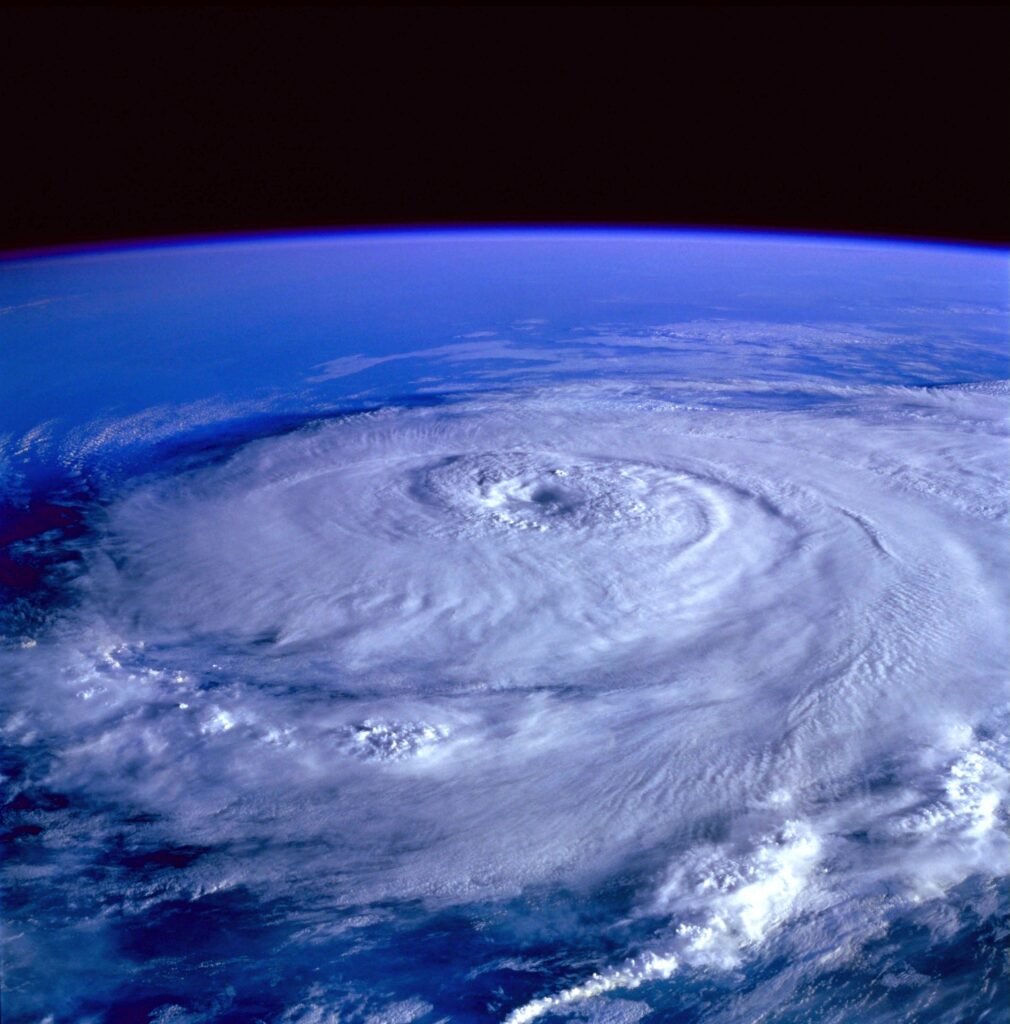
Indications that we have entered uncharted territory
Earth’s Climate Faces Unprecedented Turmoil: Grim Signs of Distress
With the demise of coral reefs, fiercer Nor’easters, and the pervasive smoke from rampant wildfires engulfing North America, the planet signals a dire state of climate distress.
OCEANIC HEAT SURGE
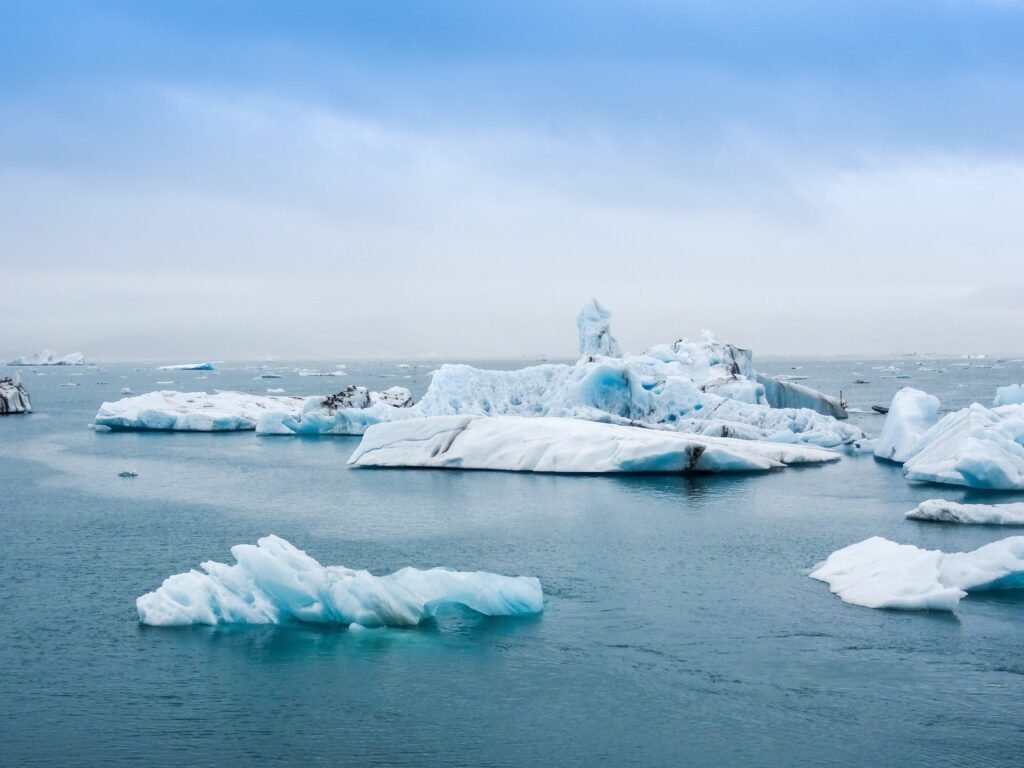
The world, primarily covered in oceans, grapples with a startling reality—90% of recent warming is absorbed by these waters. In April, global ocean temperatures surged to 69.98 degrees Fahrenheit (21.1 degrees Celsius), an alarming consequence attributed to rampant greenhouse gas emissions and an early El Nino formation.
WILDFIRE HAVOC
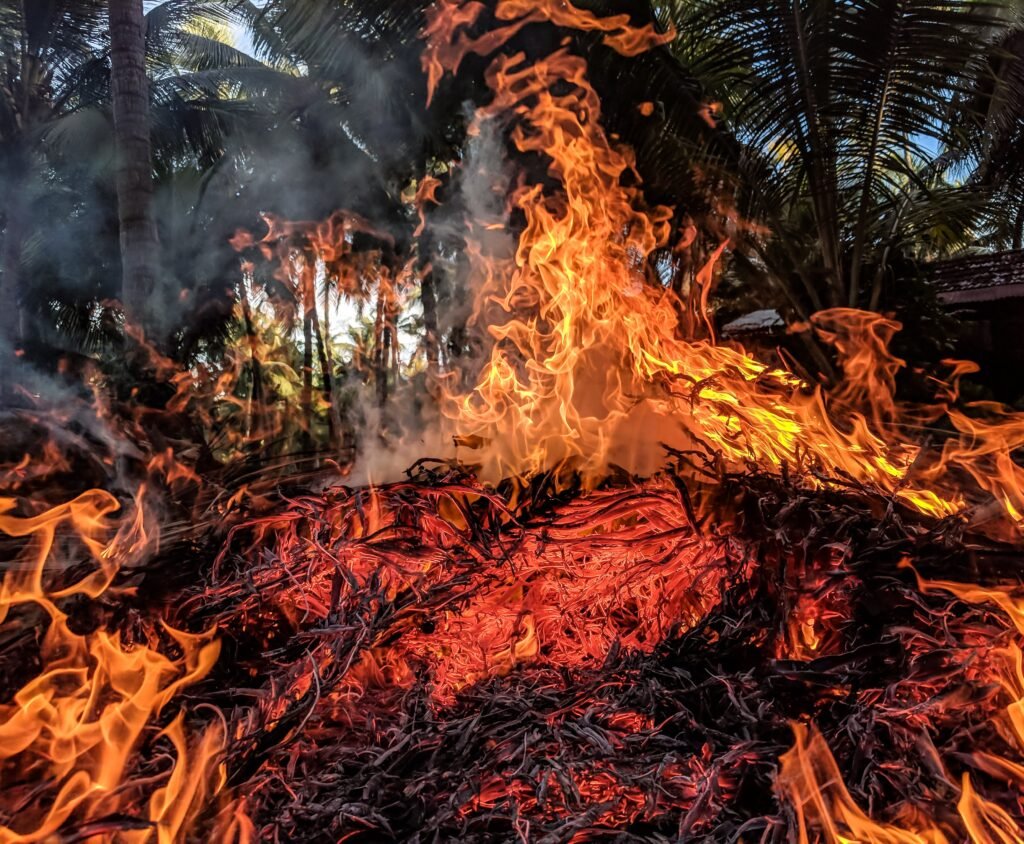
The ominous clouds of wildfire smoke, originating from northern Canada, infiltrate eastern North America, choking the skies and endangering air quality. A familiar plight on the West Coast, these intensified blazes and smoke, worsened by climate change, now haunt the previously spared East Coast.
PREMATURE EL NINO
An early arrival of El Nino—a Pacific Ocean warming phase—disrupts the norm, superseding a La Nina that previously moderated global temperatures. This accelerated El Nino’s emergence forecasts heightened strengthening. The World Meteorological Organization bleakly predicts a 98% chance that at least one of the next five years will surpass the record warmth of 2016, marked by an exceptionally fierce El Nino.
ANTARCTIC ICE MELTDOWN

A harrowing sight unfolds as scientists witness Antarctic sea ice plummeting to historic lows. Covering a mere 4.5 million square miles on June 27—nearly 1 million square miles less than the average from 1981-2010—the National Snow and Ice Data Center confirms a devastating loss. A vast expanse, nearly four times the size of Texas, vanishes from the ice sheet, painting a somber portrait of Earth’s climate decline.
So these are according to us the events that shaped the earth in 2023.
We will like to hear from you your opinions as to what did you think were the turning points of 2023.







